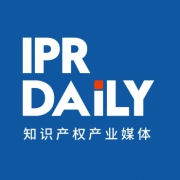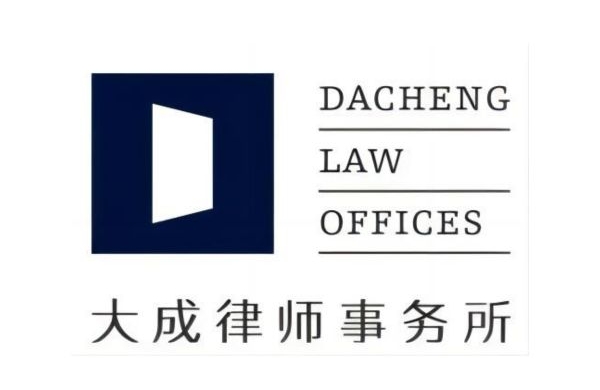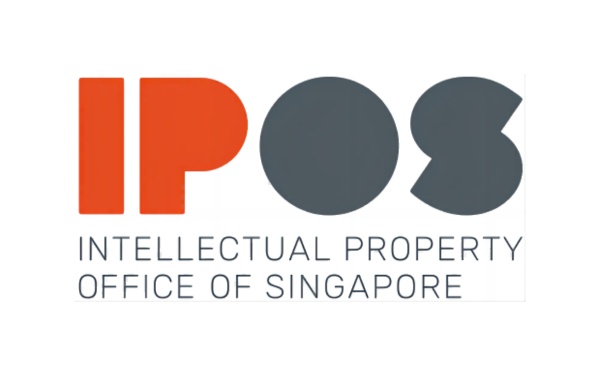Did not receive verification mail? Please confirm whether the mailbox is correct or not Re send mail

IPR Daily
- 2022-05-17 15:24:27
China: AFD China Newsletter - May 2022-Part 2
The next part please click here.
Case Brief:
The plaintiff is the patentee of the Chinese patent no. 200580009877.6, titled ED-71 preparation (the patent at issue), and is also the marketing authorization holder of the relevant marketed patent drug "Eldecalcitol Soft Capsules", which is mainly used for treating osteoporosis. The plaintiff registered the above-mentioned drug and the patent at issue on the Chinese Marketed Drug Patent Information Record Platform. The plaintiff found that the defendant filed an application with the state food and drug administration authorities for the marketing authorization of a generic drug named "Eldecalcitol Soft Capsules", and also made a Category 4.2 statement on the Chinese Marketed Drug Patent Information Record Platform on the above-mentioned generic drug, stating that its generic drug did not fall within the protection scope of relevant patent right.
Therefore, the plaintiff filed a lawsuit with the Beijing Intellectual Property Court pursuant to Article 76 of the newly amended Patent Law, requesting confirmation on whether the generic drug "Eldecalcitol Soft Capsules" for which an application for registration was filed by the defendant fell within the protection scope of the patent at issue.
After trial, the Beijing Intellectual Property Court held that the technical scheme used by the defendant's generic drug was neither the same as nor equivalent to the technical scheme of claim 1 of the patent at issue, so the technical solution did not fall within the protection scope of claim 1 of the patent at issue; since claims 2-6 are dependent claims of claim 1, where the technical scheme of the defendant's generic drug did not fall within the protection scope of claim 1, it also did not fall within the protection scope of claims 2-6. Therefore, the plaintiff's claim that the defendant's generic drug falls within the protection scope of claims 1-6 of the patent at issue was not tenable, and thus the court dismissed the case.
The plaintiff expressed in court that they would file an appeal, while the defendant expressed that they accepted the first-instance judgement.
Judge's Comments:
We know that if pharmaceutical companies do not make a profit by selling drugs, they will lack the motivation for research and development, then no new drug will be developed and people will not have no good drugs. However, if the price of new drugs is too high, people will not afford to use them when they get sick; instead, high-quality generic drugs which have low R&D costs and thus have low prices are often affordable for people. Therefore, it is necessary to balance the interests of original drug developers and generic drug enterprises, so that people can have good and cheap drugs. The "drug patent linkage system" is precisely a "legal prescription" given by the Patent Law to solve the above problems.
On June 1, 2021, the newly amended Patent Law came into force, in which a new Article 76 was added to provide a resolution mechanism for disputes over patents relating to drugs for which applications for registration are filed, thereby officially establishing China's drug patent linkage system. Later, China's SPC released the Provisions on Several Issues concerning the Application of Law in the Trial of Civil Cases involving Patent Disputes Related to Drugs for Which Applications for Registration are Filed, which provided detailed stipulations on the dispute resolution mechanism and determined that lawsuits relating to drug patent linkage are subject to the jurisdiction of Beijing Intellectual Property Court.
The Judge in charge of the above case expressed that the significance of drug patent linkage system is not only to enhance original drug developers' judgment of the certainty of drug market, encourage their continuous investment (in R&D of new drugs) and promote the innovation and development of the industry, but also to confirm the marketing risk of generic drugs in advance for generic drug enterprises, avoid the rush marketing of generic drugs and the high amount of possible litigation compensation caused thereby, and thus promote the high-quality development of generic drugs. By balancing the interests of original drug developers and generic drug enterprises, the accessibility of drugs are maximized, so as to allow the Chinese people to have good and cheap drugs.
China to introduce Marrakech Treaty
Visually impaired to get more access to copyrighted reading materials
The visually impaired in China will have better access to reading materials, including foreign texts, as the Marrakech Treaty to Facilitate Access to Published Works for Persons Who Are Blind, Visually Impaired or Otherwise Print Disabled, takes effect on May 5.
The document will become active three months after China delivered its ratification papers to the World Intellectual Property Organization (WIPO) on Feb 5.
The only international human rights treaty on copyright currently has 88 signatories, according to the WIPO.
It imposes a set of mandatory limitations and exceptions on traditional copyright laws to benefit people who are visually impaired, who have reading or learning disabilities or who are unable to hold or manipulate a book.
Under the treaty, authorized entities will be permitted, without the authorization of the copyright holder, to make an accessible copy of a work for exclusive use on a nonprofit basis.
The treaty also set rules on international exchanges to enable foreign texts to be offered in accessible formats to beneficiaries or authorized entities.
China participated in the drafting and advocacy process and signed the treaty on June 28, 2013, when it was adopted in Marrakech. It entered into force on September 30, 2016.
In November 2020, the Standing Committee of the NPC, China's top legislature, passed a comprehensive amendment to the Copyright Law after nearly 10 years' preparation, and the revised law was enacted in June last year.
It added provisions applicable to the treaty, demonstrating that the country had taken a substantial step toward ratification and implementation, said Yang Yang, an associate research fellow at the Assistive Technology Research Institute at the China Braille Press in Beijing and chief author of a report about the treaty's implementation.
For example, the amendment extended beneficiaries of copyright exceptions from the visually impaired using Braille to people with dyslexia and other reading disabilities. It also expanded the number of ways people can benefit, from transliteration and publication of a work in Braille to any accessible means.
With the necessary legal conditions and institutional preparation in place, the Standing Committee of the NPC ratified the treaty in October.
Yang said the treaty has a broad definition of accessible formats that enjoy copyright exceptions, which will likely lower costs for publishing houses as they seek to gain access to more works, and beneficiaries will have more ways to satisfy their needs. At the same time, beneficiaries of the treaty are obliged to protect copyright by not sharing content to reassure copyright holders.
She added that the National Copyright Administration is working to formulate implementation rules for the treaty in China.
"I expect the implementation of the treaty will meet our reading needs," said He Chuan, vice-chairman of the China Association of the Blind.
He stressed that by definition, the treaty involves not only formal publications, but other materials publicly available in any media.
Source: mondaq.com
Editor: IPR Daily-Selly
- I also said the two sentence
- Also you can enter 140words
 PurpleVine Successfully Assists Client in Invalidating Sisvel US Patent
PurpleVine Successfully Assists Client in Invalidating Sisvel US Patent Chang Tsi & Partners Successfully Represents Wuxi's First Intellectual Property Civil Case Attached to Criminal Case
Chang Tsi & Partners Successfully Represents Wuxi's First Intellectual Property Civil Case Attached to Criminal Case China Monthly Antitrust Update: February 2024
China Monthly Antitrust Update: February 2024 IPOS was publishing a legal decision involving the trademark of tech giant, Google
IPOS was publishing a legal decision involving the trademark of tech giant, Google


